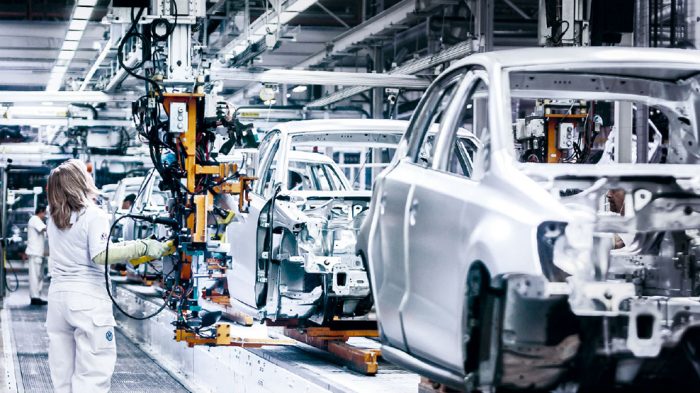With modern mining, processing, and fabrication techniques, titanium products are more accessible and useful than ever before. It currently has a Producer Price Index of 168 as of May 2021, a 10 percent decrease from what it cost to produce two years ago. This formidable metal has myriad industrial uses, but right now, it’s most marked influences lie in the advancement of auto manufacturing. While more popular car innovations like EVs started using other rare metals, titanium was slowly being incorporated into auto parts to vastly improve the quality of the overall vehicle.
Reinforcing vulnerable engine components
The wearing down of sensitive components in engines is one of the biggest factors that reduce the health of a car. Being impressively resistant to extreme temperatures and force, titanium serves as the perfect deterrent to this. When titanium is incorporated in components such as the engine valves and connecting rods, they stand up much better to intense heat and deform a lot less readily than steel components.

The resilience of titanium truly shines when applied to the turbocharger. As a part that gets exposed to extremely hot exhaust in order to increase efficiency, it needs to stand up to high temperatures. Raw titanium has a melting point well above 3000 degrees Fahrenheit or 1600 degrees Celsius. That’s why turbochargers that are at least partly made of titanium can recycle more exhaust into raw engine power for longer. In general, titanium greatly enhances the reliability and service life of engine components.
Making car bodies stronger and safer
Creating the perfect body frame presents an interesting challenge to automakers. On one hand, you want a frame rigid enough to withstand superficial damage. On the other, you want it to crumple in the event of a severe crash, in order to dissipate force away from the driver and passengers, increasing the chances of their survival.

Automakers have figured that the best way to reconcile these two qualities would be to combine a soft outer crumple zone with a strong safety cage that houses the car’s occupants. The safety cage would need to be made of very competent metal, as it would need to fend off intrusion from the crumpling material around it. It must also resist any force that doesn’t get dissipated by the crumple zone, as well as dampen the force experienced by the occupants. Titanium is the perfect metal for this purpose, considering its remarkable strength-to-weight ratio. Notable titanium suppliers also report increasing affordability of raw titanium, meaning that it’ll be much more available from here on out. Even now, automakers in countries like Japan are developing body frames that incorporate welded titanium pipe to make up the safety cells and other parts that need to be stronger.
Creating lighter and springier suspension springs
With a lower modulus of elasticity compared to steel, titanium naturally makes a better spring than more common metals. Thanks to its superior constitution, titanium springs can be almost 70 percent lighter than steel ones, and up to 60 percent smaller. The streamlined form factor and light weight make them suitable for creating novel body designs. Despite being smaller and having less mass, a titanium spring can also outperform an average steel spring. To top it off, the metal’s resistance to fatigue and corrosion improves longevity and the health of the vehicle as a whole.

While far from being a wondermetal that will solve all our car manufacturing dilemmas, titanium certainly opens a gateway to better designs. With such a robust metal as a base, new alloys and fabrication techniques can be developed to improve the makeup of automobiles for decades to come.







